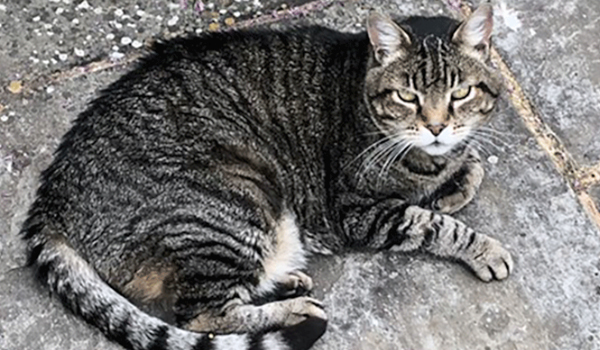DNA from pet hairs could help catch criminals, say researchers
A single cat hair contains DNA that could link a suspect to a crime scene or a victim, according to researchers from the University of Leicester.
With around 26 per cent of UK householders owning a cat, and with the average feline shedding thousands of hairs annually, the researchers say it is inevitable that once you leave, “you’ll bear evidence of the furry resident”.
“This is potentially useful in the forensic investigation of criminal activity,” they added.
While a human offender takes care not to leave behind their own DNA, transferred cat hair contains its own DNA that could provide a link between a suspect and a crime scene.
In a paper published in the journal Forensic Science International: Genetics earlier this month, researchers at the University of Leicester describe a sensitive method that can extract maximum DNA information from just one cat hair.
Emily Patterson, the lead author of the study and a Leicester PhD student, said: “Hair shed by your cat lacks the hair root, so it contains very little useable DNA. In practice we can only analyse mitochondrial DNA, which is passed from mothers to their offspring, and is shared among maternally related cats.”
This means that hair DNA cannot individually identify a cat, making it essential to maximise information in a forensic test.
However, a new method identified by the researchers enabled them to determine the sequence of the entire mitochondrial DNA, ensuring it is around ten times more discriminating than a previously used technique which looked at only a short fragment.
Dr Jon Wetton, from the university’s Department of Genetics and Genome Biology, who co-led the study, said: “In a previous murder case we applied the earlier technique but were fortunate that the suspect’s cat had an uncommon mitochondrial variant, as most cat lineages couldn’t be distinguished from each other.
“But with our new approach virtually every cat has a rare DNA type and so the test will almost certainly be informative if hairs are found.”
The team tested the method in a lost cat case, where DNA from skeletal remains of a missing female cat could be matched with DNA from hair from her surviving male offspring.
Study co-lead, Professor of Genetics Mark Jobling, added: “In criminal cases where there is no human DNA available to test, pet hair is a valuable source of linking evidence, and our method makes it much more powerful. The same approach could also be applied to other species – in particular, dogs.”


